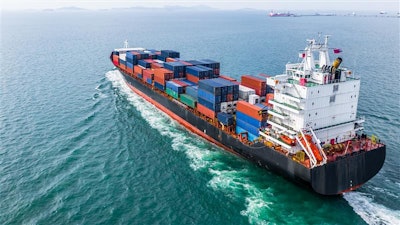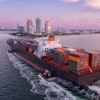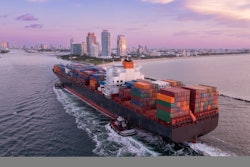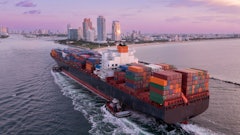
Kalyakan - stock.adobe.com
Analysis from VesselBot demonstrates how port congestion, labor strikes, and geopolitical tensions created distinct emission patterns throughout 2024.
"We're moving beyond theoretical averages to show how specific events cascade through the global maritime network and affect emissions in real-time," says Constantine Komodromos, CEO and founder of VesselBot.
Key takeaways:
- Houthi attacks in the Red Sea led to a 15-day increase in Europe-bound shipping times, causing heightened emissions from extended routes around Africa.
- The Port of Las Palmas saw a 40% surge in bunkering fuel consumption (2 million tons increase) due to Red Sea rerouting.
- Singapore's port congestion in May-June 2024 resulted in seven-day berthing delays, creating concentrated emission hotspots from idle vessels.
- While overall maritime greenhouse gas emissions (GHG) increased by 40 million tons in 2024, the sources of these increases can be traced to specific events and responses, rather than general industry growth alone.
- Hong Kong port generated 113,317 tons of GHG emissions in 2024, with elevated levels attributed to significant port congestion and average vessel waiting times of 60 hours.
- Shanghai and Ningbo ports, China's two busiest and geographically proximate facilities, generated combined GHG emissions of 416,321 tons from port operations in 2024, with elevated levels driven by above-average waiting times.
- The International Longshoremen’s Association (ILA) and United States Maritime Alliance (USMX) labor action affected 36 ports along the U.S. East and Gulf coasts after Oct. 1, 2024, with VesselBot tracking emissions impact from vessels forced to anchor or remain at berth.















![Pros To Know 2026 [color]](https://img.sdcexec.com/mindful/acbm/workspaces/default/uploads/2025/08/prostoknow-2026-color.mduFvhpgMk.png?ar=16%3A9&auto=format%2Ccompress&bg=fff&fill-color=fff&fit=fill&h=135&q=70&w=240)


